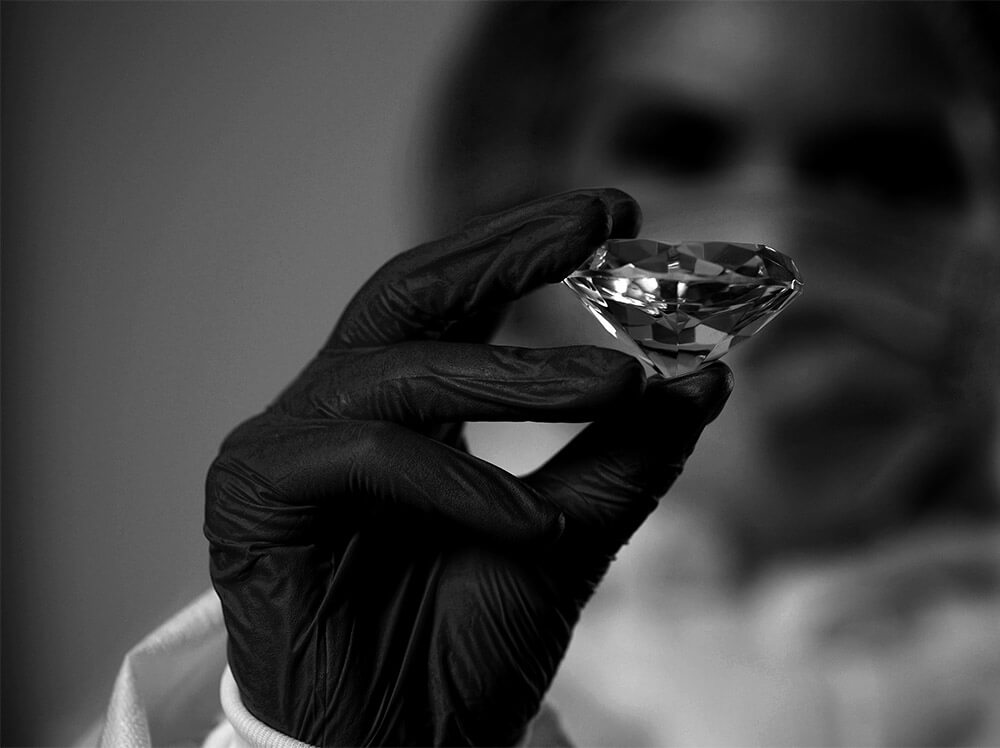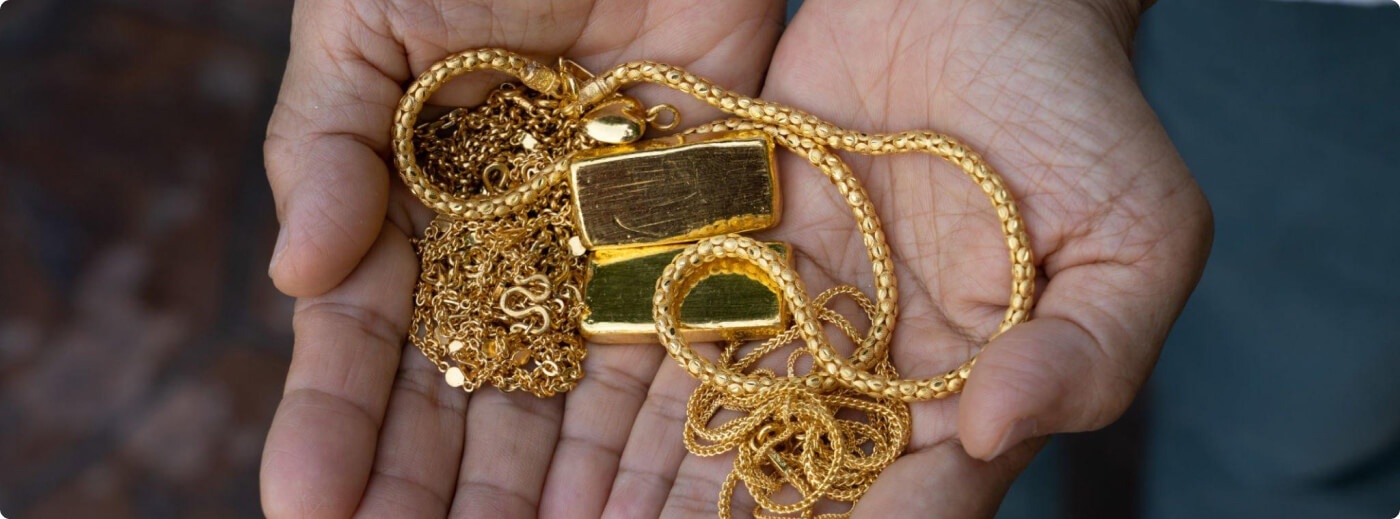
A stand aid is a device which is used to help a person maintain the standing position and transfer during the day. Stand aids are also used as a rehabilitation tool.
A health professional knows that the ability to stand can be affected by the environment, illness or disability. For example, staying in the hospital for far too long can make it difficult to be able to stand, and might increase the need for the services of a caregiver.
In this regard a good stand aid will help ensure that the individual return to their normal level of activities.
Mechanised Stand Aids
In the past only mechanized stand aids used in hospitals were able to promote the usual pattern of standing.
This left therapists who discharged patients from hospital with a dilemma, because the stand aids available in commercial stores did not promote normal movement.
However, now manufacturers are designing and building mechanized stand aids that promote normal patterns of movement and are small enough to use at home.
Non-Mechanised Stand Aids
These stand aids are basically just a frame that a person can pull up on. Some of them have seating pads to enhance safety and comfort, while others are just a frame that alleviate the difficulty of a transfer process.
They help people pull themselves forward in the seat, whilst using their arms to pull themselves up. In so doing they reduce the strain exerted on the body when trying to stand.
Once in the standing position a caretaker would turn the device 90 degrees in order for the person to sit on another surface.
When to Use a Mechanised Stand Aid
If a person cannot pull themselves up into a standing position, then a mechanized stand aid will be ideal. In order for this to work, the person must have been diagnosed with the ability to activate the necessary muscles to facilitate a stand.
As such the person must be active within the stand to enjoy its benefits.
A lot of mechanized stand aids on the market today do not promote normal patterns of movement, they instead on the person having good core strength, as lifting oneself up in that way can be very unpleasant. It especially puts pressure on the lower leg.
Until recently nothing was available that was compact and user friendly in a home environment.
However, today there are mechanized stand aids that are set up in such a way that the arm movement and leg positioning support the sit to stand pattern, from the moment the person moves forward and engages the muscles, all the way to the person actually standing.
This is ideal for supporting safe transfers using normal patterns of movement but can also be used in the community as a rehabilitation tool.
Quality and effective stand aids help the user to complete a normal stand. In this way the centre of gravity is moved forward in order for the musculoskeletal system to engage appropriately.







